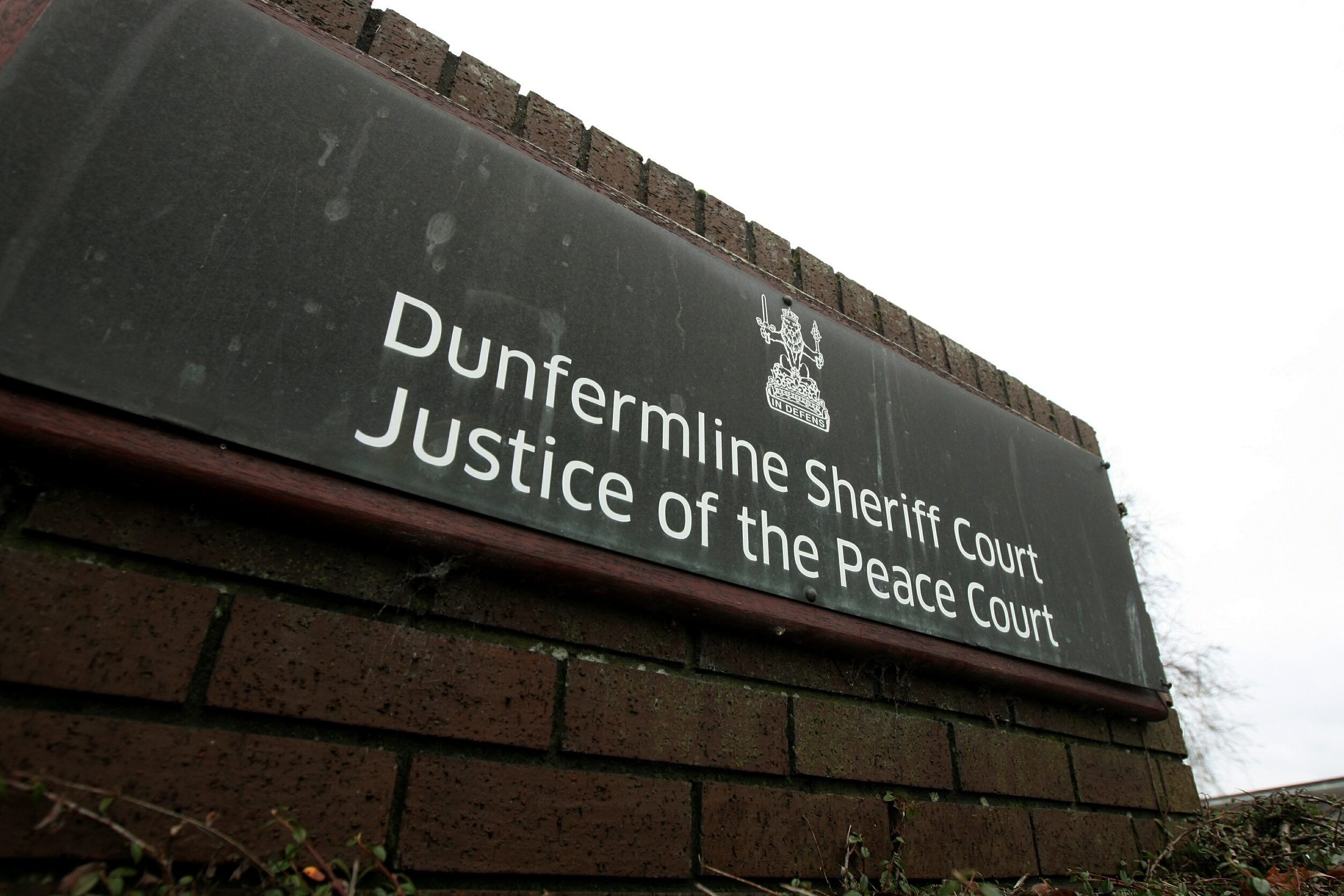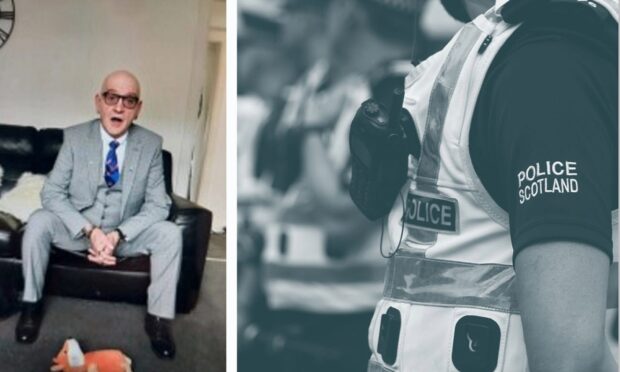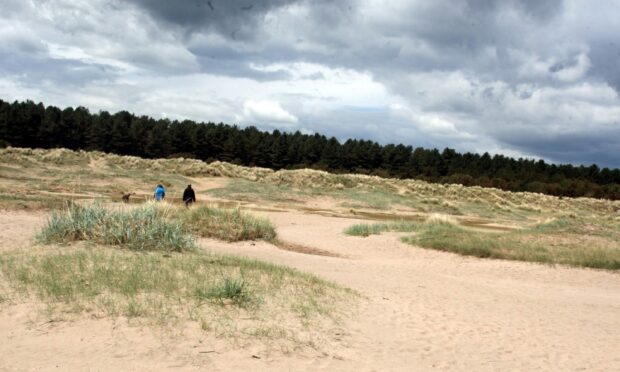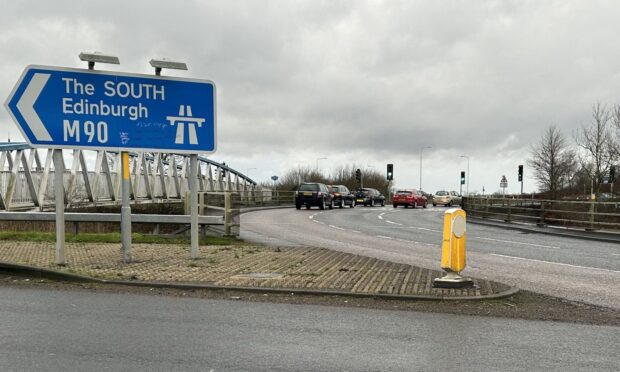A Fife soldier who threatened to behead Muslims with a machete at his local Indian takeaway has failed in a bid to have his sentence overturned.
Scott Mackay, 33, from Rosyth, had consumed a bottle of vodka before he called 999 in September 2015 claiming he planned to kill workers at Sizzlers Tandoori in Queensferry Road because he believed they were part of a Taliban cell.
Mackay, who has undertaken tours of duty in Afghanistan, told the call handler that he had a history of mental health issues and was dangerous – describing what he was about to do as a “murderous crime” and “mass murder”.
However, the call was cut short when a police car drew up alongside him and he was detained. He had disposed of the machete, but it was recovered nearby.
Despite lodging a special defence of insanity, Mackay was subsequently convicted of acting in a racially aggravated manner after a trial at Dunfermline Sheriff Court in April 2016, and was sentenced to a community payback order involving three years’ supervision, along with conditions Mackay obtain mental health treatment and abstain from alcohol, and a 12-month restriction of liberty order covering the hours between 7pm and 7am.
The verdict then prompted an appeal on the grounds that the sheriff had failed to properly explain to jurors what was required to prove the insanity defence, but appeal court judges have now thrown that out.
Mackay was found guilty of behaving in a threatening or abusive manner which was likely to cause a reasonable person to suffer fear or alarm in that he did, during the course of a telephone call to a call handler employed by the police, repeatedly swear, state that he was armed with a machete and utter threats of violence and death towards Muslims in Queensferry Road on September 20 2015.
He was also found guilty of having a machete with him in circumstances “aggravated by religious prejudice” on the same date, while he had also pled guilty at the end of the Crown case to possessing flares and pyrotechnics at his home in Hudson Street on September 21 2015.
The court previously heard that Mackay had claimed he had made the call to police in the hope that officers might intervene and stop him, although he said he did intend to behead the shop workers, whom he perceived to be Muslim.
During the trial, defence solicitor Brian Black said his client had “negative attitudes toward Muslims” which had arisen as a result of experiences and operations in Afghanistan.
Lawyers had claimed Mackay had been “unable by reason of mental disorder to appreciate the nature or wrongfulness” of his conduct, and argued in his appeal that Sheriff Charles MacNair misdirected the jury by using the words “to any extent” in relation to the nature or wrongfulness of the conduct.
They said this defined the special defence of insanity “too narrowly”.
However, Lord Justice General Lord Carloway, sitting with Lord Malcolm and Lord Woolman, refused the appeal and stressed that it was “important to look at the sheriff’s charge as a whole and not to scrutinise words in isolation”.
“The jury would have been clear that they had to decide whether the appellant’s mental disorder resulted in him being unable to appreciate the wrongfulness of his conduct,” the Lord Justice General concluded.










